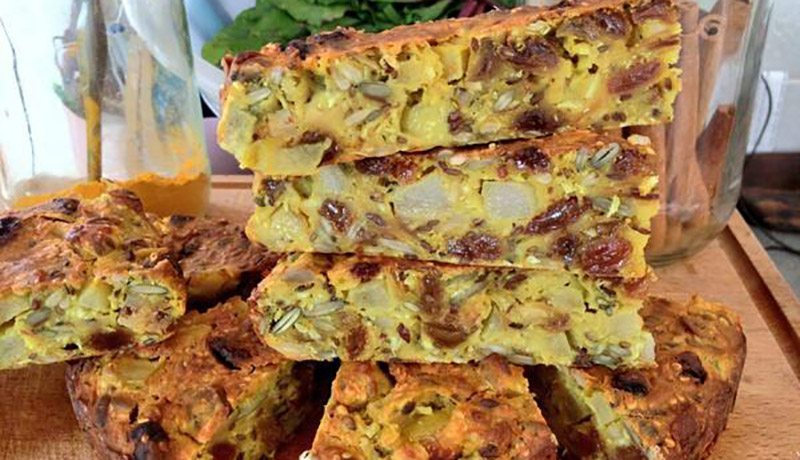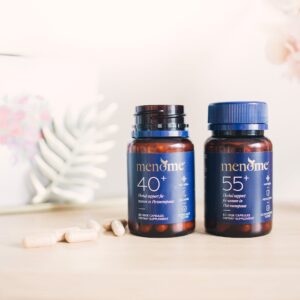Recipe: Linda Kearns HRT Cake

HRT Cake?
HRT or menopause cake is something I’d never heard of until recently. But, it seems, back in the ‘90s, a woman called Linda Kearns created a cake to help women through menopause naturally. And the women of the UK swore by it -they still do! It was published in the all-powerful Daily Mail, which is pretty much a guarantee for fame.
Linda Kearns HRT Cake Click To TweetThe BBC reported Linda was prescribed HRT by her doctor but was unhappy at the thought of taking drugs long-term and wanted to find a natural alternative. So as resourceful women do, she made one.
I’m fond of saying food is Mother Nature’s medicine, and this cake is made of ingredients like soy (read about the benefits of soy here) and seeds, which are phytoestrogens – plant-based foods that mimic estrogen.
HRT cake & the PPFF rule
As you know, a lot of menopause signs are due to diminishing estrogen so this cake makes sense. I haven’t made it yet, but according to reports, it’s yummy.
If you make it before we do please share your thoughts and some photos by tagging us on Instagram @menome100. We’d love your feedback!
Here’s the recipe:
HRT Cake Ingredients
- 100g each of soy flour, wholemeal flour, rolled oats and flaxseeds
- 50g each of sunflower seeds, pumpkin seeds, sesame seeds and slivered almonds
- 1 1/2 C raisins
- 1/2 tsp each of grated nutmeg, cinnamon and ground ginger
- 2 C soy milk
- 1 tsp malt extract (molasses can substitute)
- two stems of ginger, finely chopped
Method
- Put the dry ingredients into a mixing bowl.
- Add the milk and mix well.
- Leave to soak for 30 minutes.
- Heat oven to 190C.
- Line a small loaf tin with baking paper.
- The mixture is supposed to be a soft, droppy consistency so if it is too dry, add a little bit more milk.
- Spoon the mixture into the tin.
- Bake for 1 ¼ hours (although testing at 1 hour is recommended).
- Turn out and cool.
Enjoy your HRT cake. 💖
Bonus: get a list of phytoestrogen foods free here.
We love hormone-balancing recipes! Do you want more? Try our Kumara Chips here.
I originally found this amazing image for the cake via Sally Gally on Twitter. Follow her here.
#letthemeatcake #HRTcake

Compliment managing your menopause holistically with 40+ or 55+ for perimenopause and post-menopause. You can read more information here.






